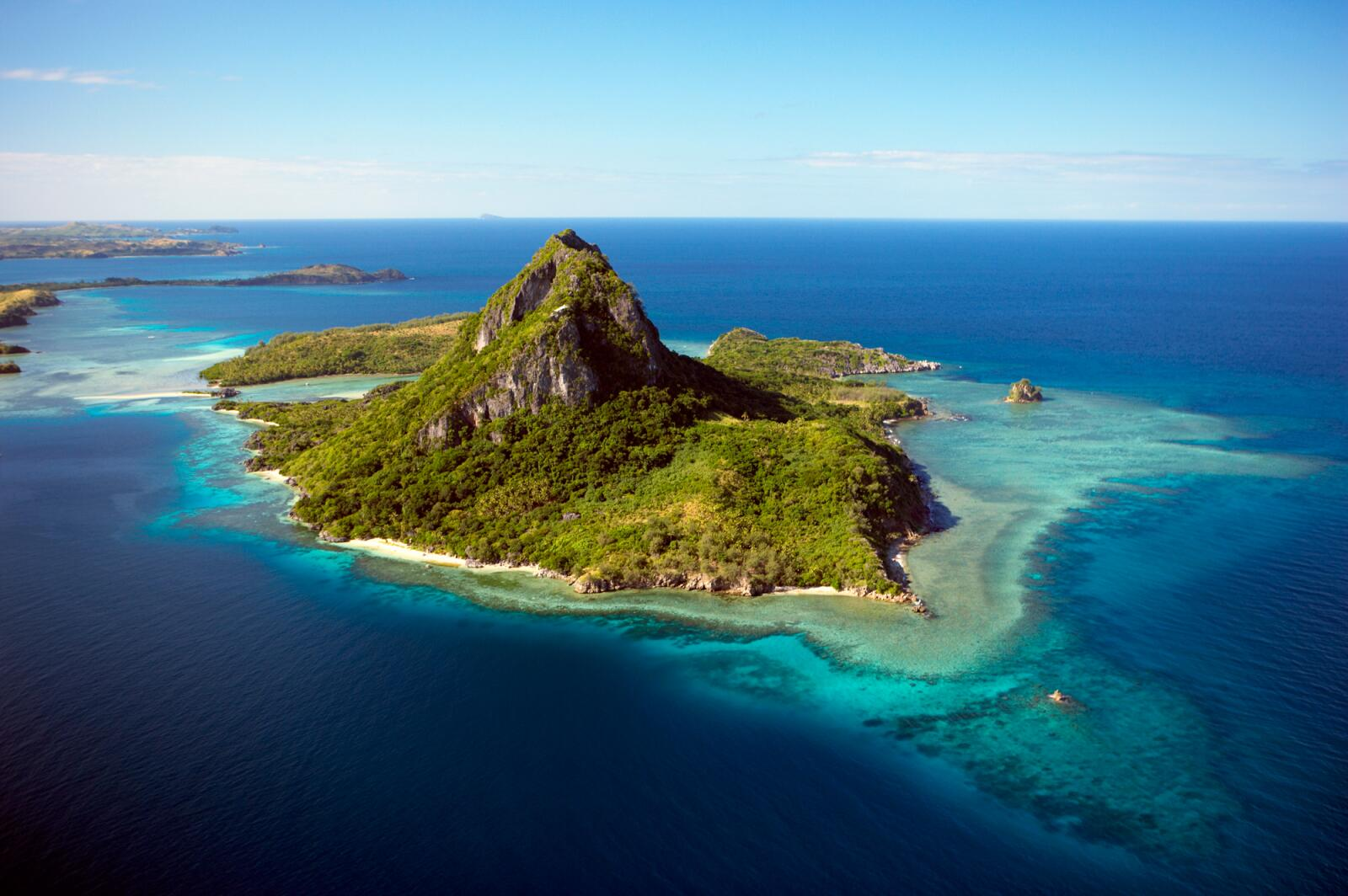Fiji, an enchanting archipelago in the South Pacific Ocean, is a tropical paradise renowned for its stunning landscapes, vibrant culture, and warm hospitality. Comprising over 300 islands and 500 islets, Fiji offers a diverse range of experiences, from pristine beaches and crystal-clear waters to lush rainforests and traditional ceremonies. This captivating destination promises a journey filled with relaxation, adventure, and cultural immersion, making it a must-visit for travelers seeking an unforgettable escape.
Table of Contents
Geography
Fiji is situated in the South Pacific Ocean, approximately 2,000 kilometers northeast of New Zealand. The country consists of over 300 islands and 500 islets, with the two largest islands being Viti Levu and Vanua Levu. Viti Levu, the largest island, spans approximately 10,388 square kilometers and is home to country’s capital city, Suva, as well as the popular resort town of Nadi. Vanua Levu, the second-largest island, covers around 5,556 square kilometers and offers a more tranquil environment with its verdant landscapes and less developed areas.
The total land area of The country is approximately 18,274 square kilometers, spread across the vast expanse of the Pacific Ocean. The country is situated within the Pacific Ring of Fire, which contributes to its volcanic origins and lush vegetation. Fiji’s geography is characterized by its stunning coral reefs, lush hills, and picturesque lagoons, creating a tropical paradise with a diverse range of natural attractions. The country’s location and topography make it an ideal destination for both relaxation and adventure.
States of Fiji
The country does not have states. Instead, it is divided into 4 divisions for administrative purposes. Each division is further subdivided into provinces. Here is a table listing 4 divisions along with their capitals:
| Number | Division | Capital |
|---|---|---|
| 1 | Central Division | Suva |
| 2 | Eastern Division | Levuka |
| 3 | Northern Division | Labasa |
| 4 | Western Division | Nadi |
History
Fiji’s history is deeply rooted in its Indigenous heritage, with the first settlers believed to have arrived around 3,500 years ago. These early inhabitants, primarily Polynesians and Melanesians, developed intricate societies with rich traditions and cultural practices. They were skilled navigators and horticulturists, establishing a vibrant culture that has been preserved through the centuries.
European exploration of The country began in the late 17th and early 18th centuries, with Dutch navigator Abel Tasman making initial contact. However, it was British explorer Captain James Cook’s voyages in the late 18th century that significantly impacted Fiji’s history. Cook’s expeditions brought European attention to the islands, leading to increased contact and trade with the outside world.
The 19th century saw the arrival of British missionaries who introduced Christianity and new cultural influences. The colonial period began in the late 19th century, with country becoming a British colony in 1874. The colonial era also brought indentured labor from India, which contributed to Fiji’s multicultural society.
The country gained independence from Britain in 1970, and the country has since developed into a vibrant, democratic nation. Despite facing political challenges, including coups and constitutional changes, The country has made significant progress in building a stable and prosperous society. Today, the country is known for its strong national identity and commitment to preserving its rich cultural heritage.
Top Ten Must-Visit Destinations
1. The Mamanuca Islands
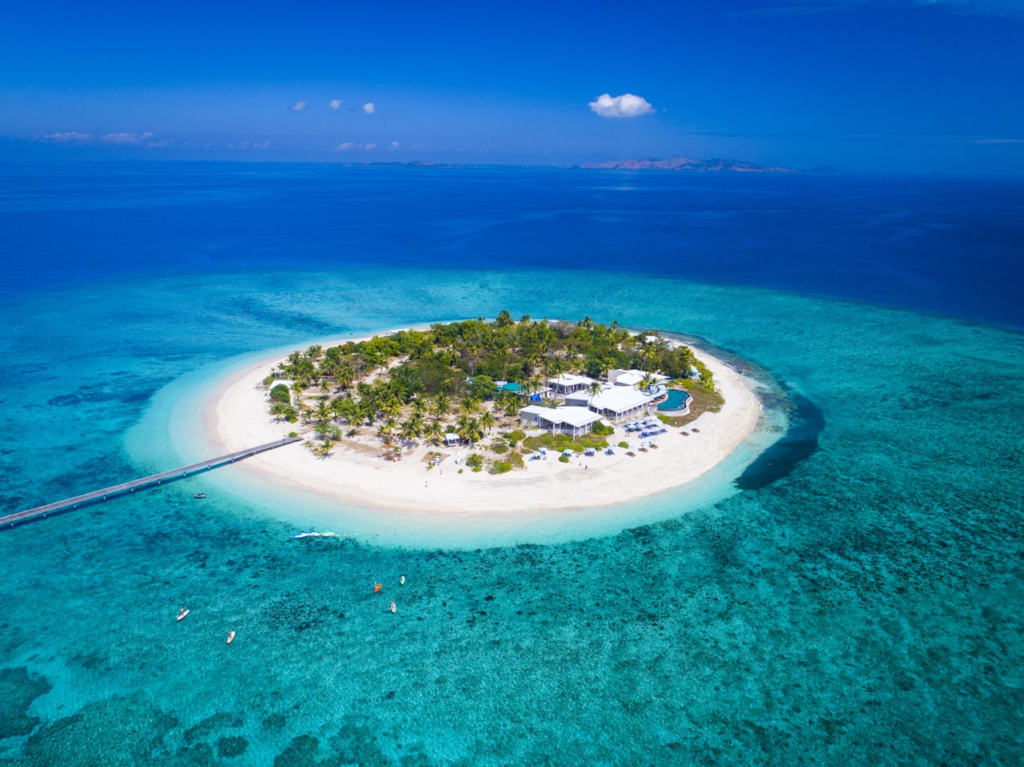
The Mamanuca Islands, located off the western coast of Viti Levu, are renowned for their stunning beaches and clear turquoise waters. With 20 small islands in this group, each offers unique attractions and luxurious resorts. Islands such as Malolo Lailai and Castaway Island feature pristine beaches, vibrant marine life, and a range of water activities. These islands are perfect for snorkeling, diving, and simply relaxing in a tropical paradise.
2. The Yasawa Islands

The Yasawa Islands, situated to the northwest of Viti Levu, are celebrated for their dramatic landscapes and rich marine biodiversity. This group of islands features rugged volcanic peaks, secluded beaches, and crystal-clear lagoons. The Yasawas are a paradise for adventurers, offering activities such as hiking, snorkeling, and exploring traditional Fijian villages. Islands like Yasawa and Nacula are particularly renowned for their breathtaking natural beauty.
3. Nadi

Nadi, located on the western coast of Viti Levu, serves as a gateway to Fiji’s resorts and attractions. The town is known for its vibrant atmosphere, lively markets, and cultural landmarks. Key attractions in Nadi include the Sri Siva Subramaniya Temple, one of the largest Hindu temples in the Southern Hemisphere, and the nearby Garden of the Sleeping Giant, renowned for its collection of orchids and tropical plants.
4. Suva

Suva, Fiji’s capital city, is a bustling urban center with a rich history and cultural diversity. The city offers a range of attractions, including the Fiji Museum, which showcases the country’s cultural heritage and history. Suva is also known for its vibrant markets, colonial architecture, and lively waterfront, making it a must-visit for those interested in Fiji’s urban culture and historical sites.
5. Coral Coast

The Coral Coast, located along the southern coast of Viti Levu, is famous for its stunning coral reefs and picturesque beaches. This region is a popular destination for snorkeling and diving, with several marine reserves and protected areas. The Coral Coast also features a variety of resorts and accommodations, making it an ideal spot for relaxation and exploration of Fiji’s underwater wonders.
6. Taveuni
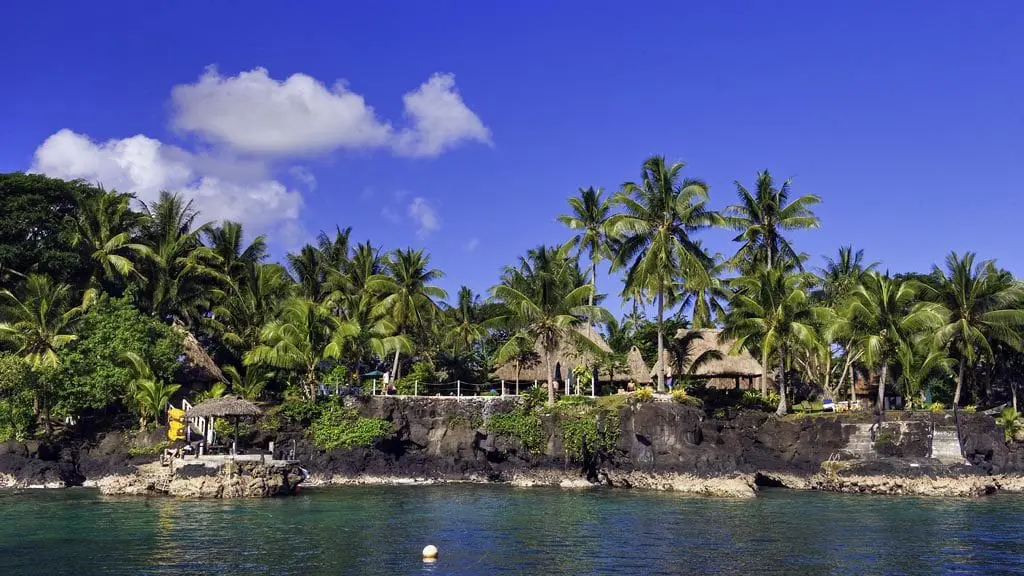
Taveuni, often referred to as the “Garden Island,” is known for its lush landscapes and diverse ecosystems. The island is home to the Bouma National Heritage Park, which features waterfalls, rainforests, and hiking trails. Taveuni’s unique geography and rich biodiversity make it a haven for nature enthusiasts and outdoor adventurers.
7. Viti Levu’s Hinterland

The hinterland of Viti Levu offers a different perspective of Fiji’s natural beauty, with its lush rainforests, rugged mountains, and traditional villages. Areas such as the Sigatoka Valley and the Nausori Highlands provide opportunities for exploring Fijian culture and experiencing the island’s rural charm. Visitors can enjoy activities like river rafting, hiking, and cultural tours.
8. The Great Astrolabe Reef
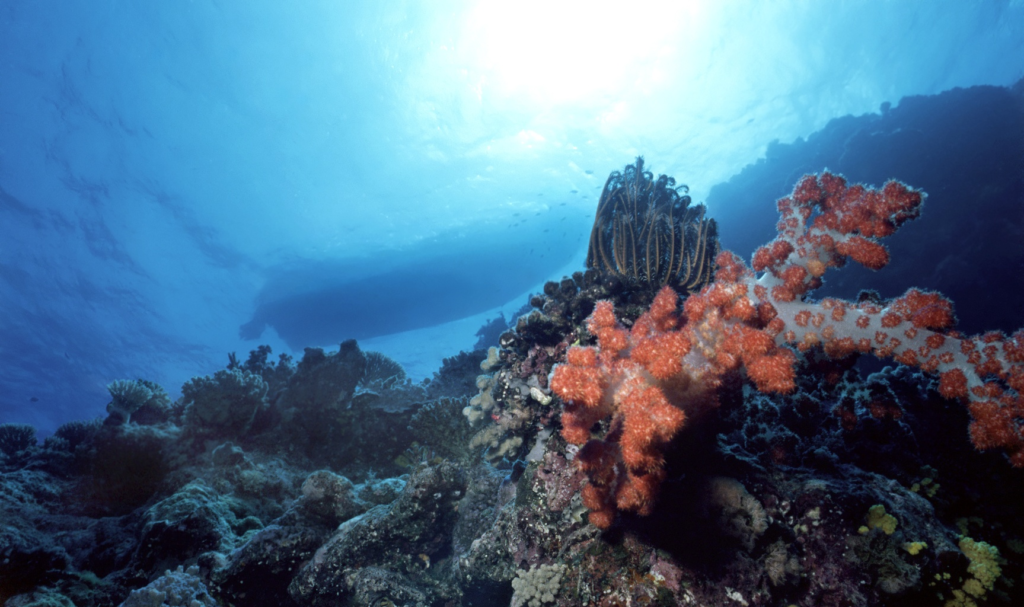
Located off the southeastern coast of Viti Levu, the Great Astrolabe Reef is one of the world’s largest barrier reefs. It offers some of the best snorkeling and diving opportunities in Fiji, with vibrant coral formations and diverse marine life. The reef is a protected marine reserve, ensuring that its natural beauty and ecological significance are preserved.
9. Savusavu

Savusavu, situated on Vanua Levu, is a charming town known for its natural hot springs and picturesque harbor. The town offers a laid-back atmosphere and is a gateway to exploring the northern part of Fiji. Attractions in Savusavu include the nearby Namena Marine Reserve, renowned for its excellent diving and snorkeling conditions.
10. Lautoka

Lautoka, known as the “Sugar City,” is a vibrant town located on the western coast of Viti Levu. The town is famous for its sugar cane industry and offers a range of cultural and historical attractions. Visitors can explore the local markets, enjoy the beautiful waterfront, and learn about The country’s sugar production history.
Culture
The country’s culture is a rich tapestry of Indigenous traditions and influences from various cultures, including Polynesian, Melanesian, and Indian. Traditional Fijian culture is characterized by communal living, respect for elders, and elaborate ceremonies. The Fijian way of life is deeply connected to the land and sea, with a strong emphasis on hospitality and community spirit.
The official languages of The country are English, Fijian, and Hindi, reflecting the country’s diverse cultural heritage. Fijian is spoken by the majority of the population, while Hindi is widely used among the Indo-Fijian community. The use of multiple languages underscores The country’s multicultural identity and the harmonious coexistence of its different communities.
Fijian traditions are celebrated through various ceremonies and festivals, including the traditional Kava ceremony, which involves the drinking of a ceremonial beverage made from the Kava root. This ritual is an important aspect of Fijian social life, symbolizing respect and friendship. Traditional dance and music, such as the meke dance and bamboo band performances, play a significant role in Fijian cultural celebrations.
Festivals
The country’s vibrant festivals reflect the country’s rich cultural heritage and diverse traditions. The most prominent festival is the Hibiscus Festival, held annually in Suva. This festival celebrates Fijian culture with a colorful array of events, including traditional dance performances, music, and food. The festival also features a beauty pageant and a variety of cultural exhibitions, showcasing the richness of Fijian traditions.
Other significant festivals include Diwali, celebrated by the Indo-Fijian community, and the Fijian Cultural Festival, which highlights traditional Fijian practices and customs. These festivals provide visitors with an opportunity to experience Fiji’s cultural diversity and enjoy the festive atmosphere that characterizes the country’s vibrant social life.
Economy
The country’s economy is driven by several key sectors, including tourism, agriculture, and manufacturing. The tourism industry is a major economic contributor, attracting millions of visitors annually to its beautiful islands and resorts. Tourism supports various sectors, including hospitality, transportation, and retail, and plays a crucial role in the country’s economic growth.
Agriculture also plays a significant role in Fiji’s economy, with the production of sugar cane, copra, and yaqona (Kava) being important contributors. The sugar industry, in particular, is a major export sector, with The country exporting sugar to various international markets. Additionally, The country’s rich natural resources, including minerals and timber, contribute to its economic landscape.
The country’s economy is supported by its advanced infrastructure, including modern ports, airports, and telecommunications networks. Fiji’s strategic location in the South Pacific enhances its trade relationships with global partners and supports its economic development. Overall, Fiji’s diverse economy and strong tourism sector make it a key player in the regional and global markets.
Top Eight Most Famous Food

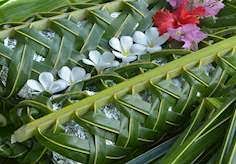

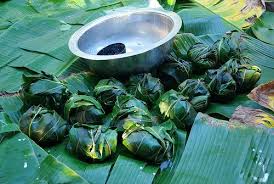
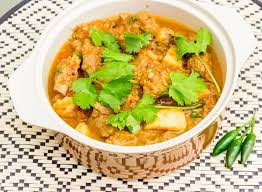
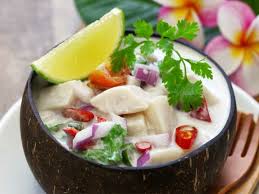


Ten Interesting Facts
- Fiji is composed of over 330 islands and 500 islets, though only around 110 are inhabited.
- The Mamanuca and Yasawa Islands are renowned for their world-class surfing and diving spots, attracting enthusiasts from around the globe.
- The country has a unique population mix, with Indigenous Fijians, Indo-Fijians, and other ethnic groups living harmoniously together.
- The Fijian language, while having its roots in Polynesian and Melanesian languages, is influenced by English and Hindi.
- The Kava ceremony, a traditional ritual involving the drinking of a beverage made from the Kava root, is an integral part of Fijian social life.
- Fiji is known for its exceptional coral reefs, with the Great Astrolabe Reef being one of the largest barrier reefs in the world.
- The annual Hibiscus Festival in Suva is one of the largest and most colorful cultural celebrations in Fiji.
- The country’s diverse ecosystems range from tropical rainforests and volcanic peaks to pristine coral reefs and sandy beaches.
- The country’s official currency is the Fijian dollar (FJD), and the local economy is supported by tourism, agriculture, and manufacturing.
- The countryhas a rich tradition of storytelling and oral history, with many legends and myths passed down through generations.
Conclusion
Fiji is a tropical haven that offers a captivating blend of natural beauty, cultural richness, and warm hospitality. From its stunning islands and crystal-clear waters to its vibrant cultural traditions and friendly locals, The country provides an unforgettable experience for travelers seeking both relaxation and adventure. Whether exploring the lush landscapes of Taveuni, diving in the Great Astrolabe Reef, or immersing yourself in the vibrant culture of Suva, The country promises a magical journey in the heart of the South Pacific. Embrace the allure of Fiji and discover why this tropical paradise is truly a haven for all who visit.

